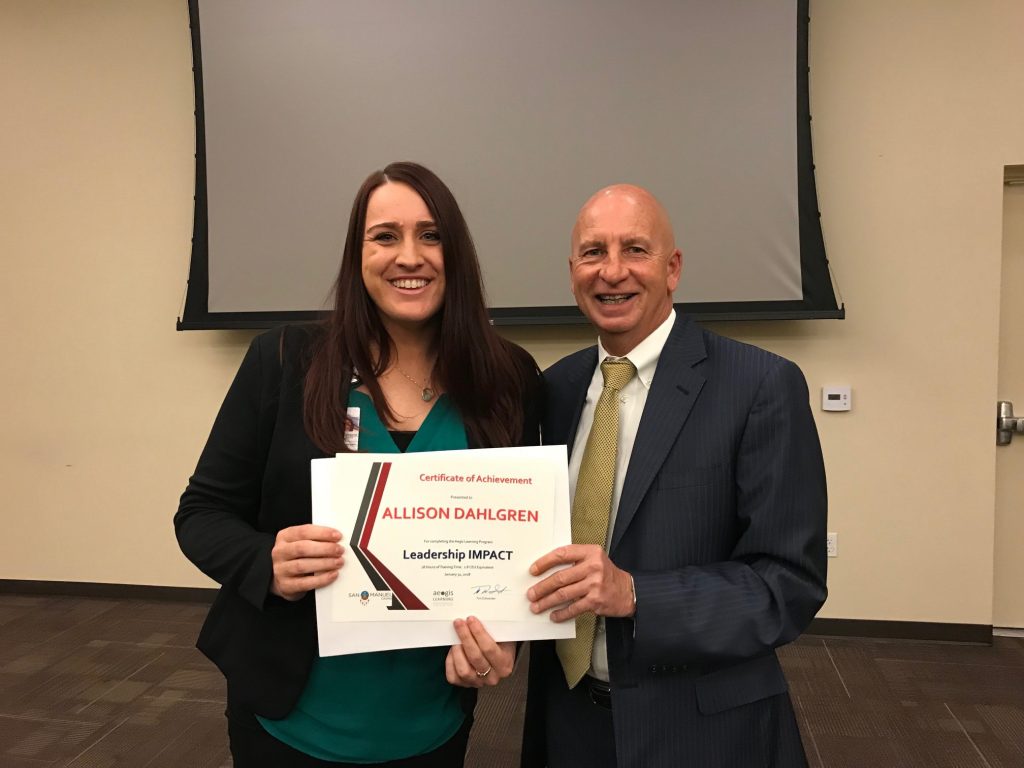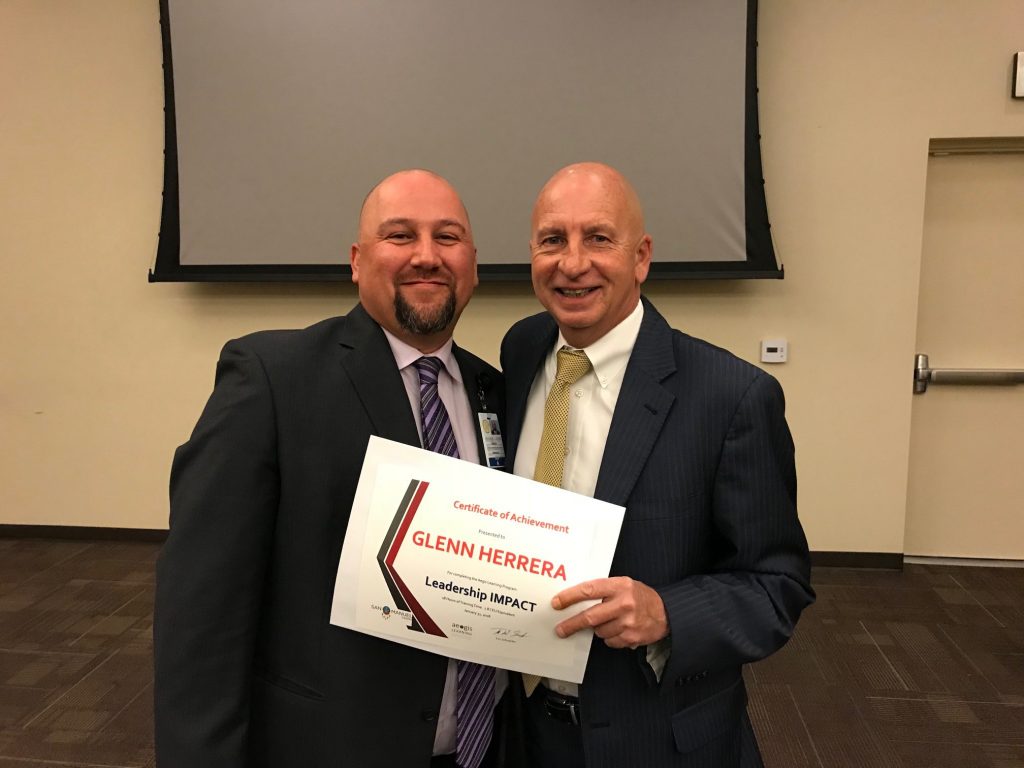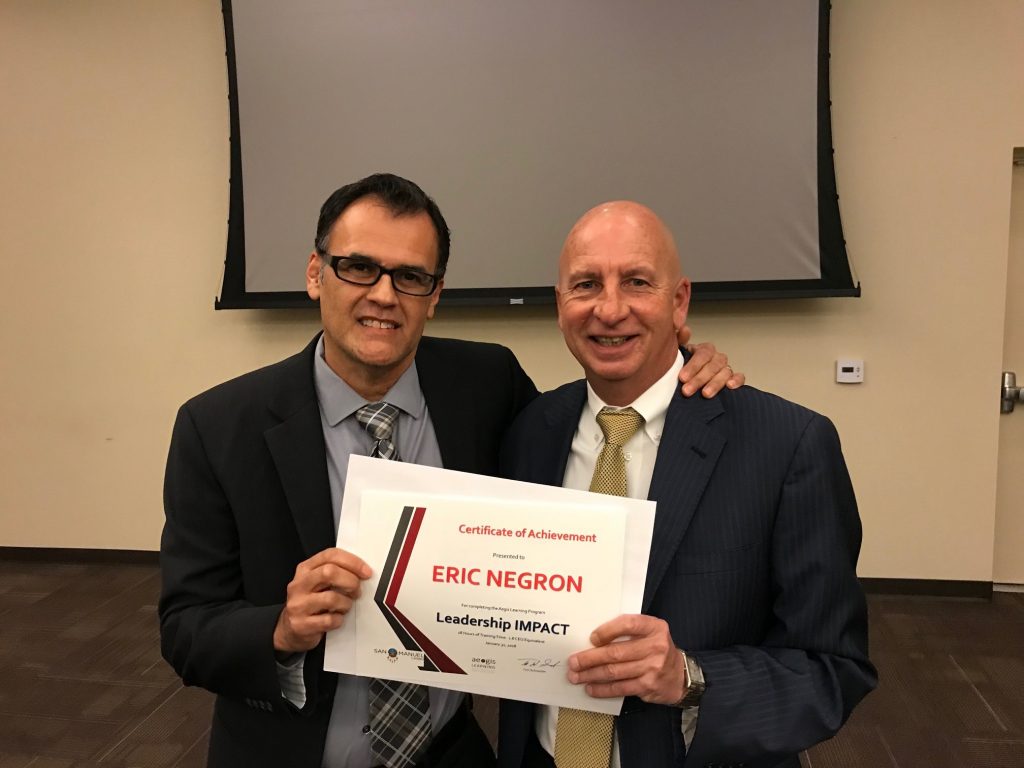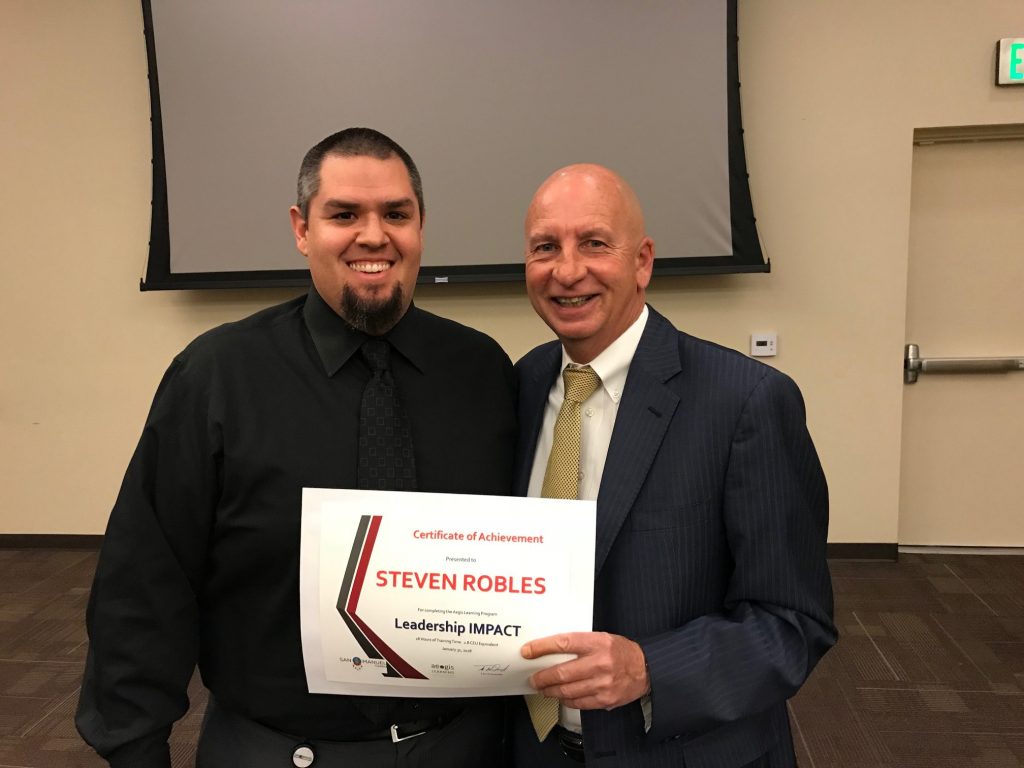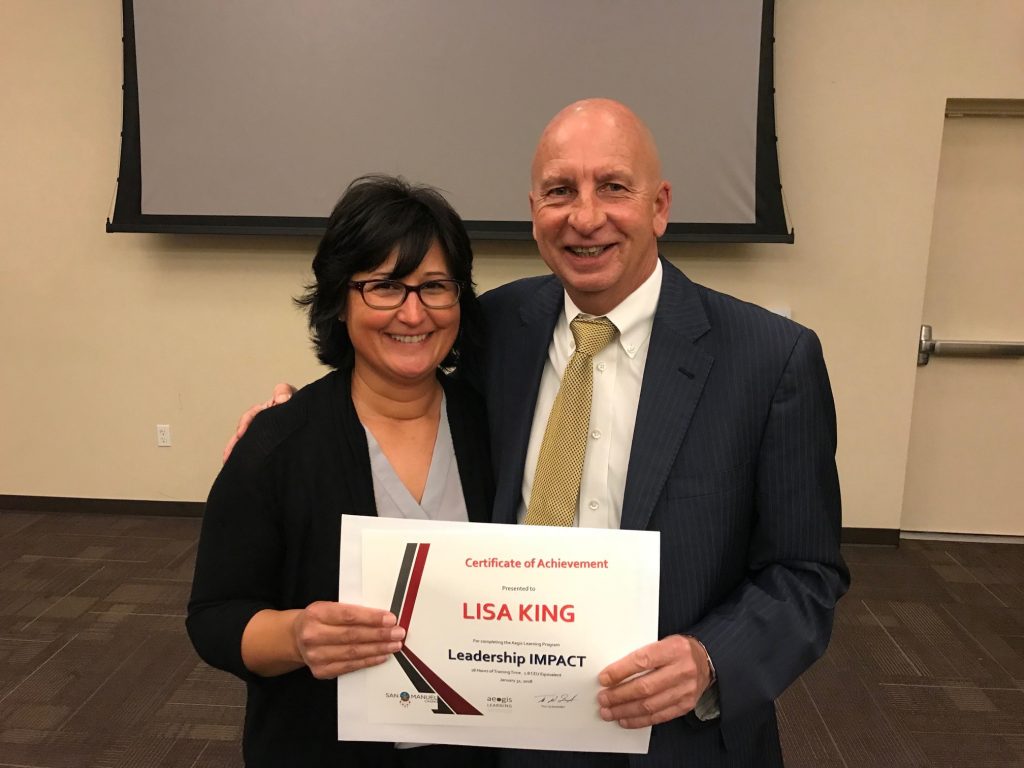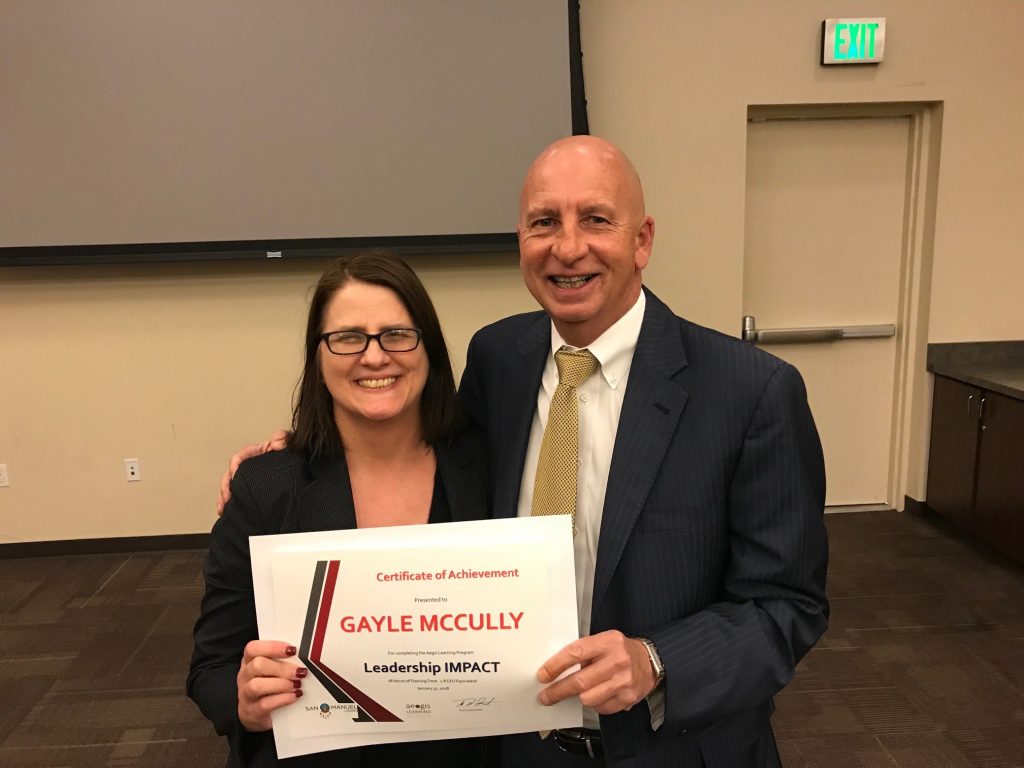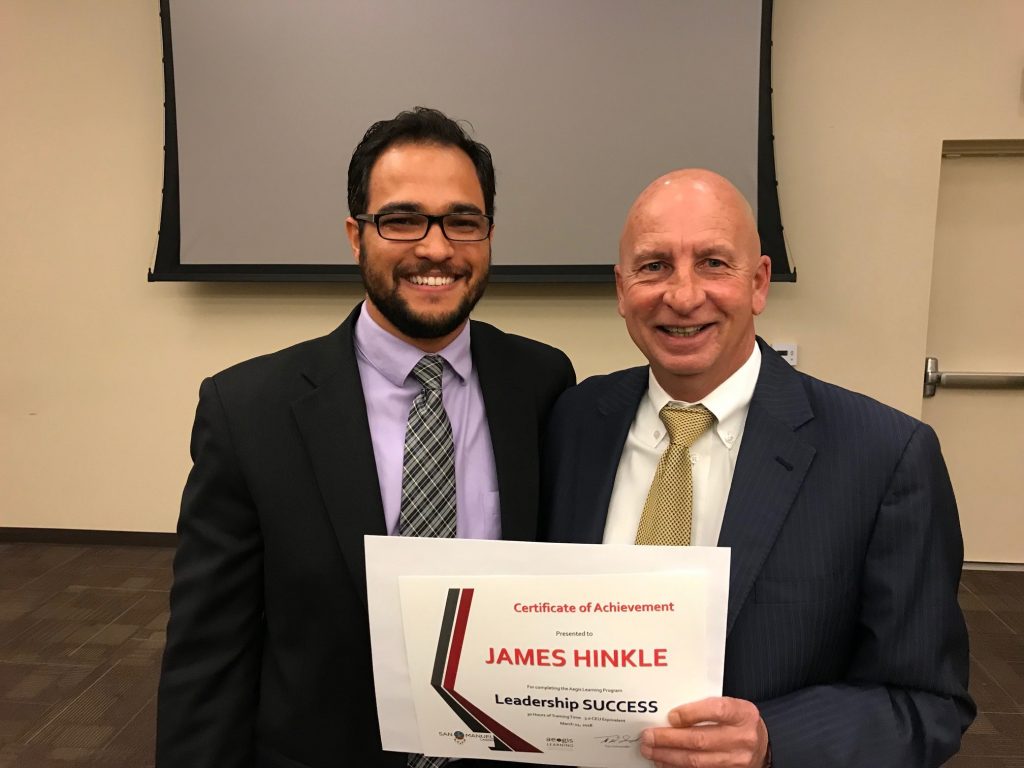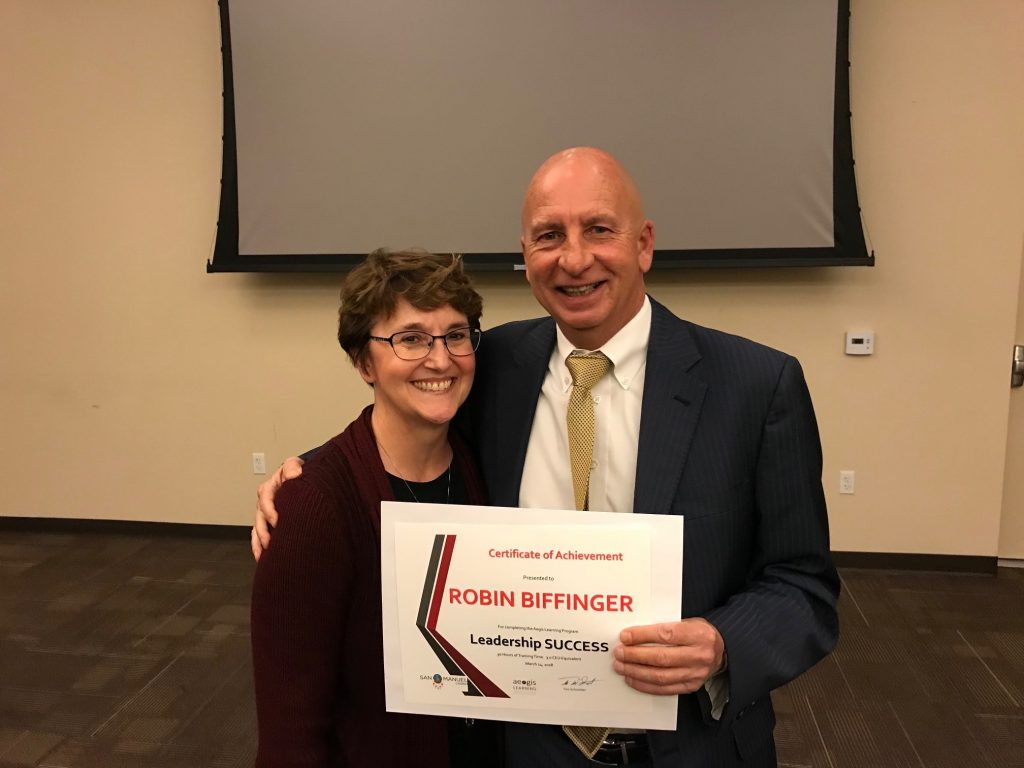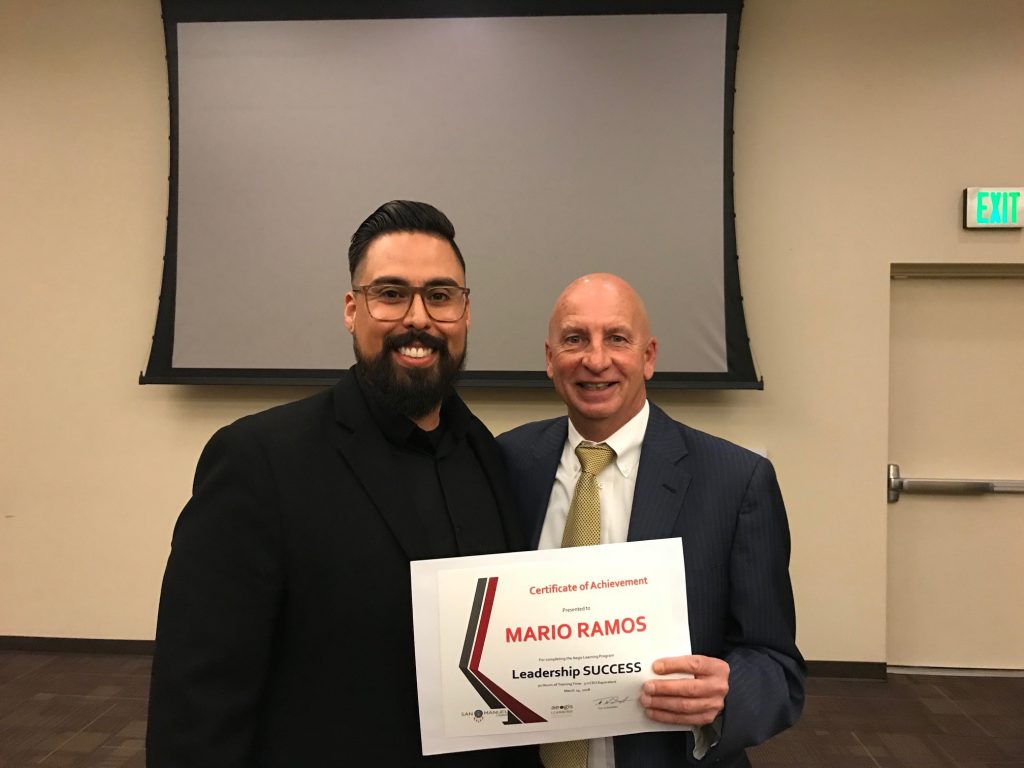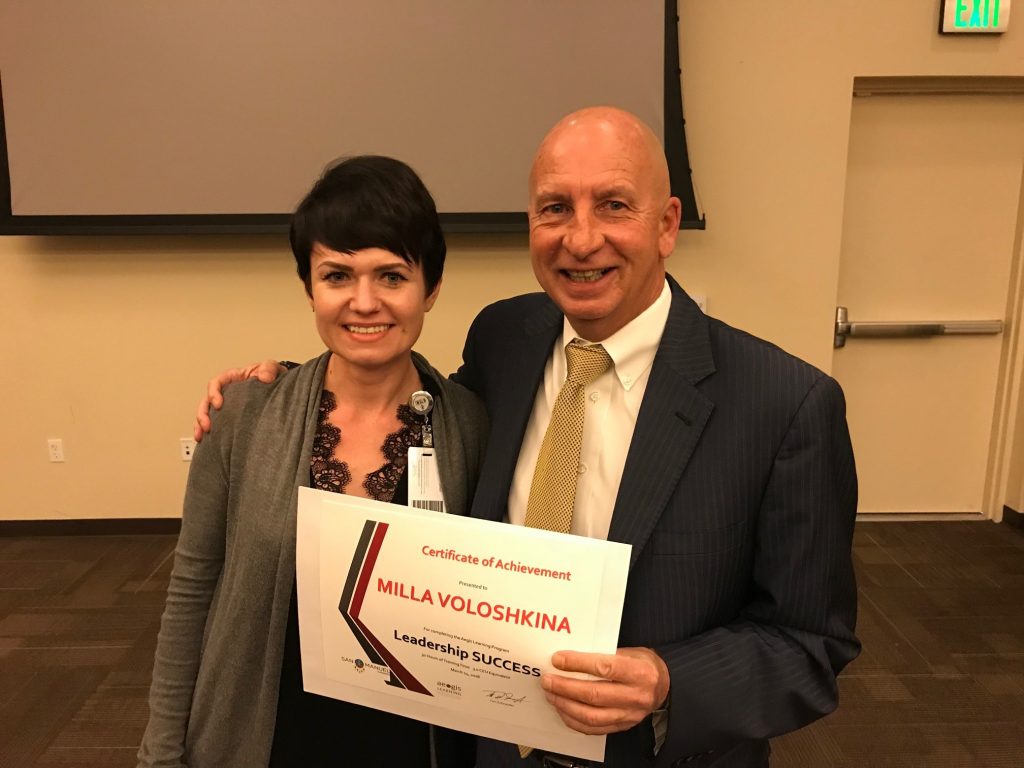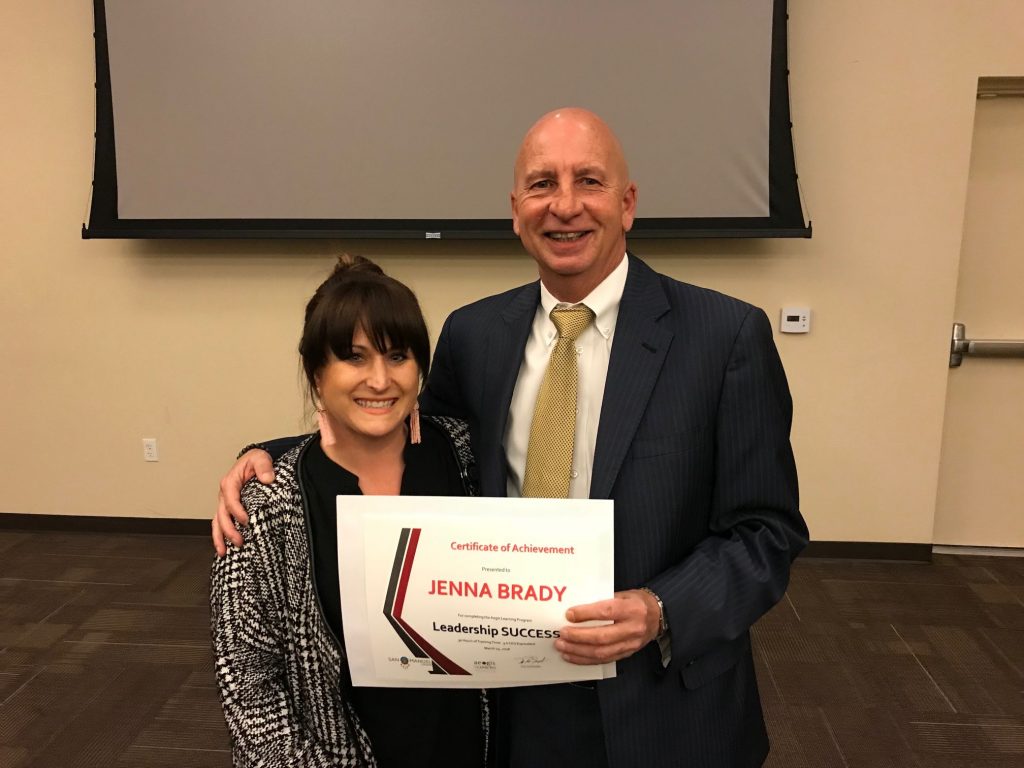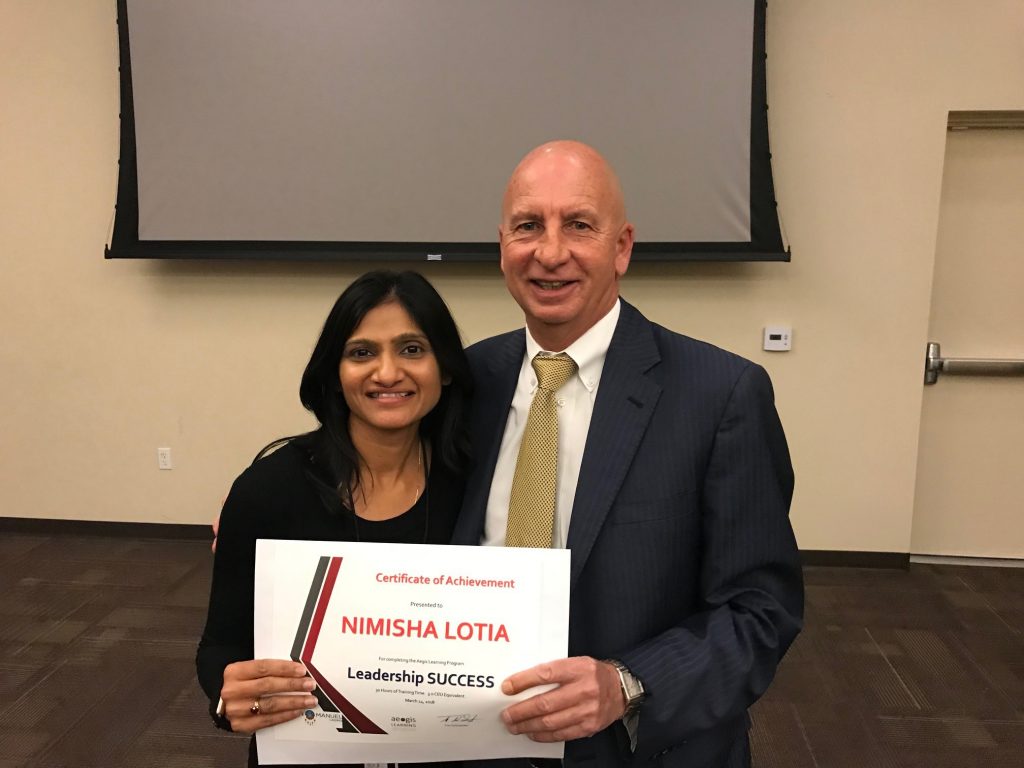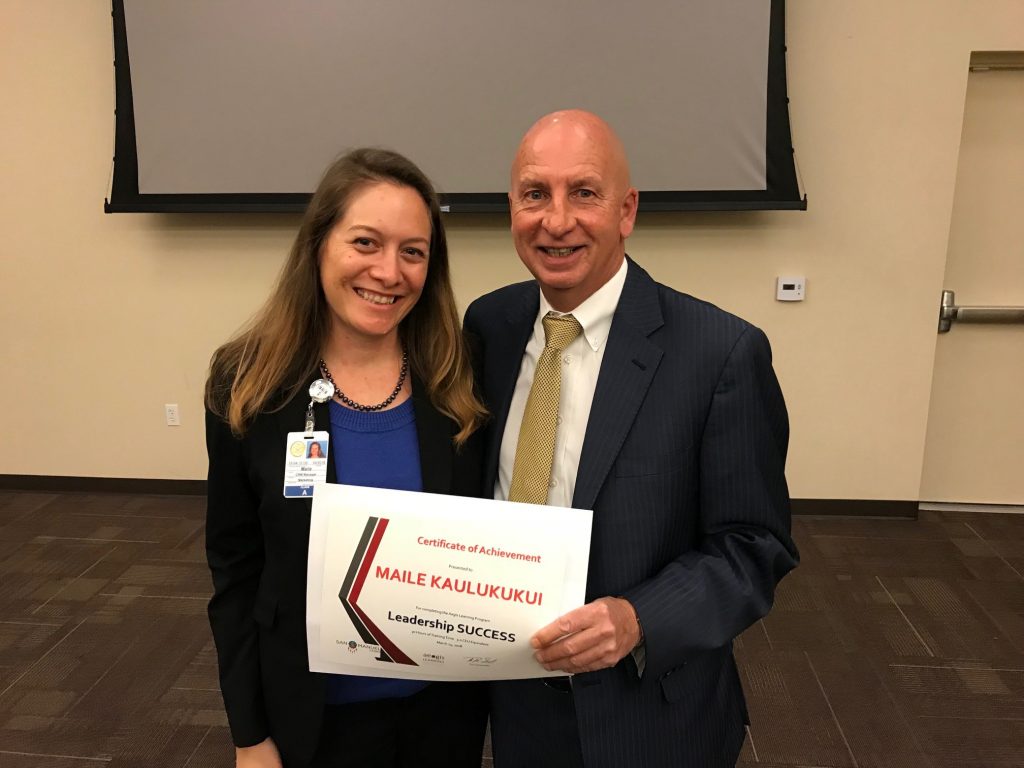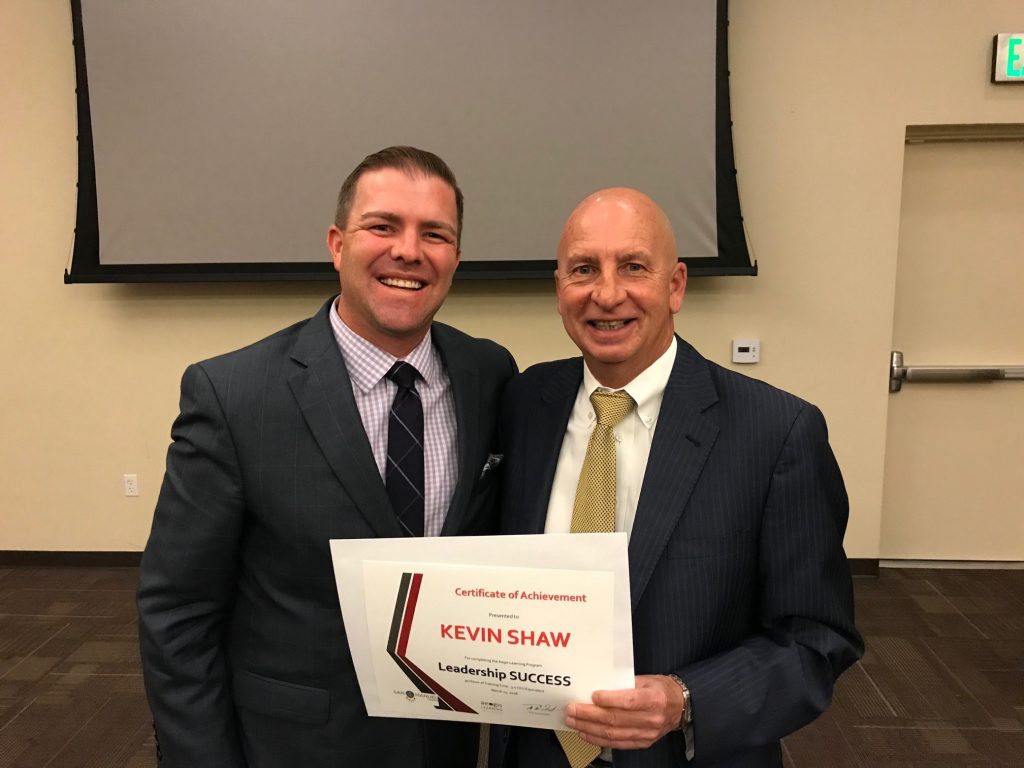A positive work environment is one where team members are happy and engaged with each other and in their work. Positivity at work leads to increased trust, better performance, and improved results. The following are five things any leader, or any person for that matter, can do immediately to generate and improve the positive atmosphere in your workplace. They do not require training; rather they are extremely intuitive, but their value is often overlooked. The true benefit of these practices becomes evident as they are implemented consistently.
Practice gratitude.
One of the easiest ways in which you can increase the positivity of your work environment is through the simple expressions of appreciation. The key to showing gratitude is sincerity. Making others feel appreciated through sincere daily affirmations of gratitude can go a long way to building trust as establishing harmony amongst team members. Being grateful is contagious – next time you tell someone how truly grateful you are for something they did, watch how they will be more willing to reciprocate to others.
Gratitude, however, is not a one-way street. Feeling grateful for things in your own life is very important as well. Personal gratitude is being able to look at yourself and honestly appreciate your skills, abilities, successes as well as your hardships and failures (learning opportunities).
Be Optimistic.
Collin Powell said, “Optimism is a force multiplier.” Optimism is being confidently hopeful about the future. By conveying, through your words and actions, that you totally believe in the immediate and future success of your team, you will foster positive attitudes within you team members. Make daily optimistic statements that you are confident in your team members’ abilities and skills. Always see the glass as half-full. A pessimistic leader is a sure way to stifle positivity in the team.
Smile.
Smiling is a powerful way to increase the positivity of your team. Studies have shown that smiling not only effects those around you, but it impacts you! Ever noticed that when someone smiles at you, you can’t help but smile back? Smiles are infectious because there is an unconscious drive among humans to mirror the facial expressions of those around us. Add to that the physiological effects of smiling in the human brain (releases feel-good neurotransmitters: serotonin, dopamine, and endorphins), and you can see why smiling can improve happiness in yourself and team. Happy people are more positive. Start each morning by smiling at yourself in the mirror, and make sure your first contact with each team member you wear a smile!
Laugh.
The power of laughter is amazing. It naturally lightens moods and increases our spirits because it releases endorphins, which increase our state of happiness. Laughing, like smiling, is contagious and it makes everyone involved feel better. Laughing decreases stress and physical tension, it is also said to be healthy for your heart and immune system. Comedian and cancer survivor Steve Mazan says: “the true power of laughter is that it allows us to forget, for a brief time, all the things that weigh us down.” That momentary escape gives us an opportunity to “push the reset” button on our attitude. After laughing, we can have a new, more positive perspective to refocus and tackle our objectives with confidence.
Sincerity.
Sincerity is acting without deceit, pretense or hypocrisy. Sincerity is a necessary part of the four preceding points. Sincerity is when your tone and nonverbal signals consistently match your verbal message. Your facial expressions and body language will alert people if you are being sincere. Sincerity is what makes the difference between your spoken “thank you” being perceived as true appreciation or taken as a platitude. Without sincerity, your optimistic statements may be perceived as being cliché, instead of inspiring.
Likely you are doing some of these things already. The key to boosting the positivity in your workplace is to do all of them sincerely and consistently. Starting each day with a smile, being truly appreciative, demonstrating optimism, and taking time to laugh, are all things, increase positivity in your workplace.
Did you catch the subtle head-fake? The more you practice and implement these strategies consistently, YOU will be the most affected! As you act more positive, your own perceptions of your environment will become more positive! You will become happier, more engaged and more productive. Even if no one else does these things, as you consistently do them, you will become a beacon of positivity because the reality of your environment will have become more positive. People who have a positive environment are able to increase productivity, efficiency and engagement.































